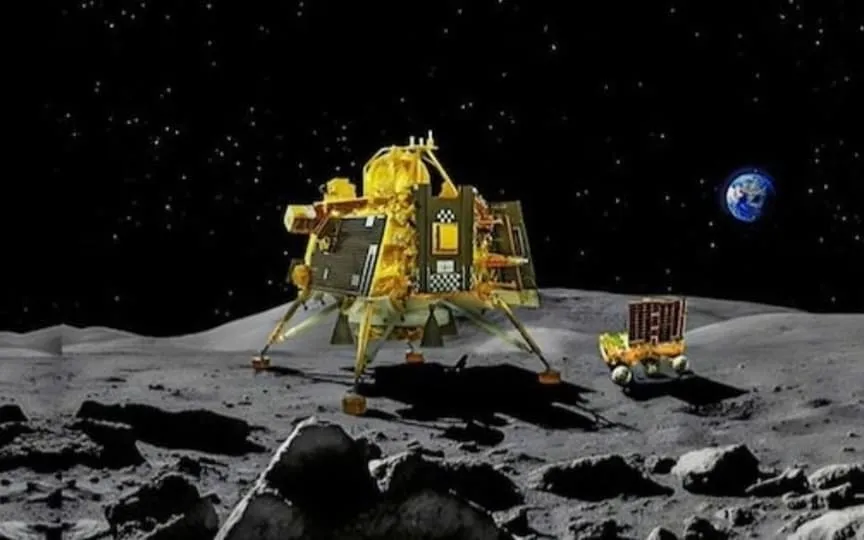ISRO Prepares to Launch Chandrayan-3 Mission at Shiv Shakti Point – One Day to Go
The Sun is about to rise on the Shiv Shakti point on the Moon, marking a significant moment for the Indian Space Research Organisation (ISRO). After working tirelessly, ISRO is now counting down to awaken the Pragyan rover, which has been dormant on the Moon for the past 15 days. The question remains whether ISRO will be successful in rousing the rover to continue the Chandrayaan mission. If the Pragyan Rover manages to endure the harsh lunar night with temperatures as low as -200 degrees and awakens, it would be nothing short of a miracle. Discover ISRO’s plans as the reboot countdown commences, with just one day remaining for Pragyan to be revived according to the ISRO schedule.
Reboot Plan
ISRO scientists have a plan to give the lunar explorer a fresh start. They are going to try something like a “restart” maybe as early as today, ie Thursday, and no later than Friday depending on what the tech tells them. It will probably happen tomorrow. If successful, this relaunch of the Pragyan Rover could make the Chandrayaan-3 mission even more triumphant than India’s.
ISRO took to its social media platform X (formerly Twitter) and stated, “Sunrise is expected at Shiv Shakti today and soon Vikram and Pragyan will receive usable amounts of sunlight! #ISRO is now waiting for them to warm up. Cross a certain temperature before resuming contact with them on September 22.”
Sunrise at Shiv Shakti Point
ISRO is keeping its fingers crossed for the sun to rise at the Shivshakti point where the Pragyan rover is parked. As soon as the lunar day begins, these machines should come alive, says ISRO Chairman S. Somanath.
A great day to try to wake them up is September 21st and 22nd at waxing moon. “We can only hope to see them come alive on September 22,” says Somanath.
ISRO scientists have been working step by step to put Vikram and Pragyan’s instruments to sleep before the lunar night begins. This started on September 2nd. But they kept the batteries charged and positioned the solar panels to catch the first rays of the sun.
The challenge of extreme cold
The biggest challenge now is to get Pragya back into action after the Moon survives the extremely cold temperatures of -200 degrees Celsius. If all goes well, It will wake up and continue sending information about the Moon for the next two weeks.
When they wake up, Pragyan the driver, it starts moving on the orders of ISRO. They later attempt the same with the Vikram Lander module located nearby.




